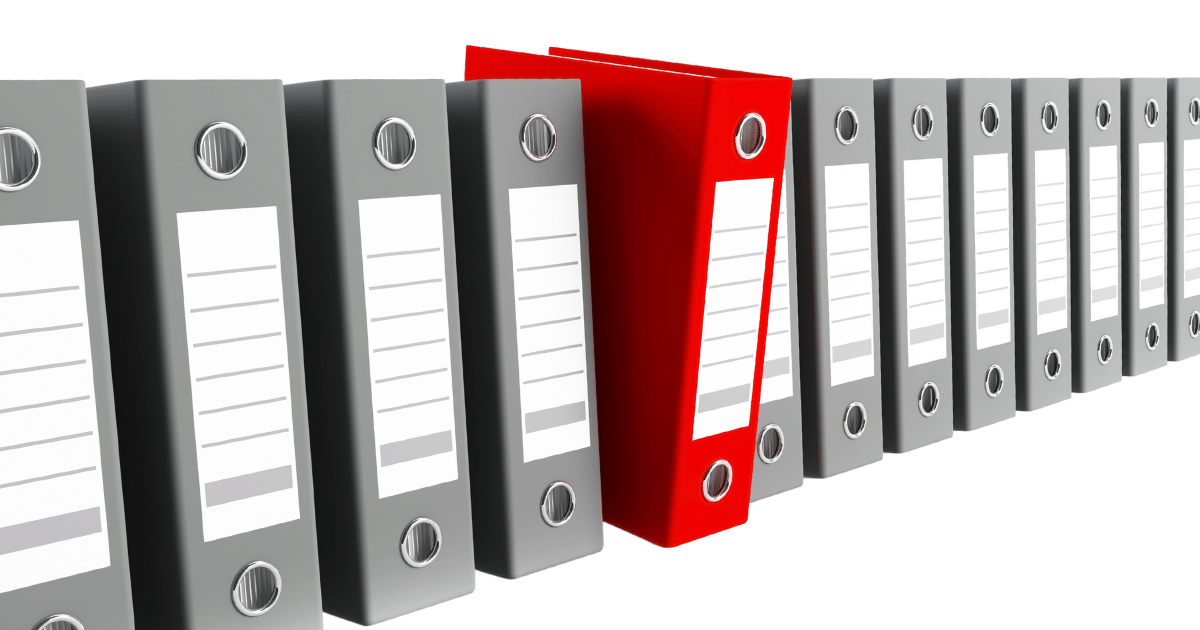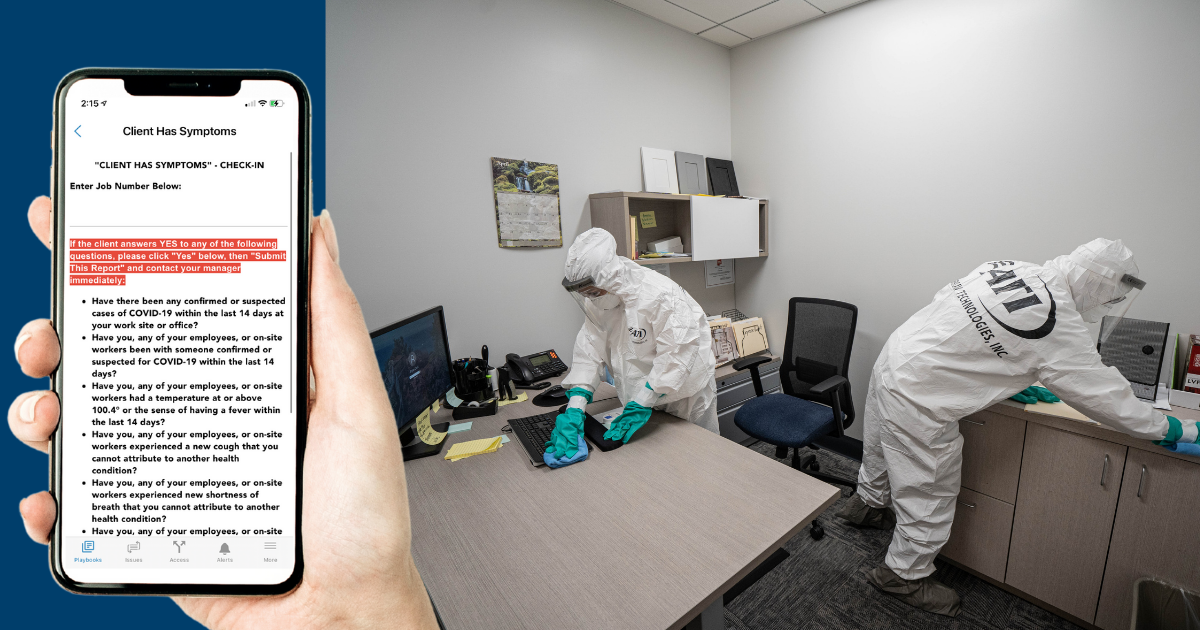Moral Fatigue and the Next Challenge

We value our partnerships with dedicated emergency preparedness, crisis, and business continuity professionals whose work lives are focused on protecting their colleagues and their organizations when the ‘worst case scenario’ becomes reality. We listen very carefully when we get to hear what is on the minds of our clients.
What we have been hearing recently is how tiring the past year has been, even as new, possibly even bigger, challenges loom.
The pandemic has been exhausting for all of us. We have talked several times about the resulting mental health crisis in the US.
Rolling Stone magazine recently discussed the concept of ‘moral fatigue’. The article explained that ‘moral fatigue’ is why we all feel exhausted and is the result of having to weigh up the consequences of every small decision which used to be just a routine part of everyday life – whether it is a trip to the supermarket or spending time with loved ones.
The author of the piece, Elizabeth Yuko, observed:
“We also have to keep in mind that making any type of difficult or ethically complex decision is stressful, even under the best of circumstances. In other words, it’s not only the frequency at which we’re now making tough choices – the decision-making process itself can be mentally and emotionally exhausting when there is not a clear choice.”
For emergency preparedness professionals, the moral fatigue has been doubled up.
They share the stress that we all suffered about making decisions in everyday life about shopping, meals, travel and social plans. In addition, emergency preparedness and crisis management teams are looking ahead to a professional mountain that they have yet to climb – how to tackle the COVID-19 disruption and destabilization in a post-COVID world in work life will be very different, most notably because of a flexible workforce in which increased number of employees work remotely.
Talking about the challenge of a distributed workforce, one In Case of Crisis client told us recently:
“We are not just managing a few office and warehouse locations, we are managing the health and safety of thousands as each person in our workforce, in effect, has their own office location.”
To be clear, no-one is suggesting that a distributed workforce is a bad thing. As Fast Company magazine noted recently, it is all part of the reset of work/life balance that has occurred during the pandemic. As the article observed: “The pandemic…has proved that our effectiveness as employees and founders is not defined by the number of hours we physically spend at the office, but by the quality of work we produce and the quality of life we live.” (Amen to that!)
It is also worth underlining that a distributed workforce is different from teleworking or ‘working from home’. Software company VM Ware explains the difference.
- A distributed workforce includes multiple employees working in different locations, which could be remote offices, HQ, home offices or in the field.
- Working from home implies that an employee’s principal place of work is a home office.
The addition of so many remote workers to a distributed workforce presents many new challenges to emergency preparedness or business continuity planning, such as:
- Increased cybersecurity risks.
- Difficulties in maintaining morale and engagement.
- Compliance with governance and regulatory issues.
- Productivity
Tech company Zapier is a global organization with a flexible workforce of 350 people around the US. Its first-hand knowledge of managing a remote workforce even before the pandemic gives authority and credibility to its insights on emergency and business continuity planning.
Among its thoughts on adding remote workers to a business continuity plan are:
- Include your remote workers in your post-disaster communication plans – in a major event they may not be as easy to contact as you might think.
- Learn from others – Zapier cites the example of software company Hubstaff’s approach to ensuring that crucial roles in the company are not affected, even when a key employee is taken down by a problem.
- Test the Plan – running a simulated disaster is an eye opener and will reveal whether your plan is robust and whether the distributed members of the team understand the plan and their roles.
A lot of deserving people from frontline healthcare workers to the staff at grocery stores and parcel companies have quite rightly been recognized for their amazing contributions during the pandemic.
The teams responsible for disaster, emergency and crisis preparedness, and business continuity, deserve their own recognition for the burden they have carried on behalf of their own organizations – even while navigating the stressful COVID life for themselves and their families.
Those pressures will not end when the pandemic finally begins to recede – planning for the new post-pandemic world of work presents fresh, even more difficult, challenges about which we are all just beginning to understand.
Learn how hundreds of organizations large and small are using our award-winning issue and crisis management platform, In Case of Crisis, to better prepare for and respond faster to emerging threats.









